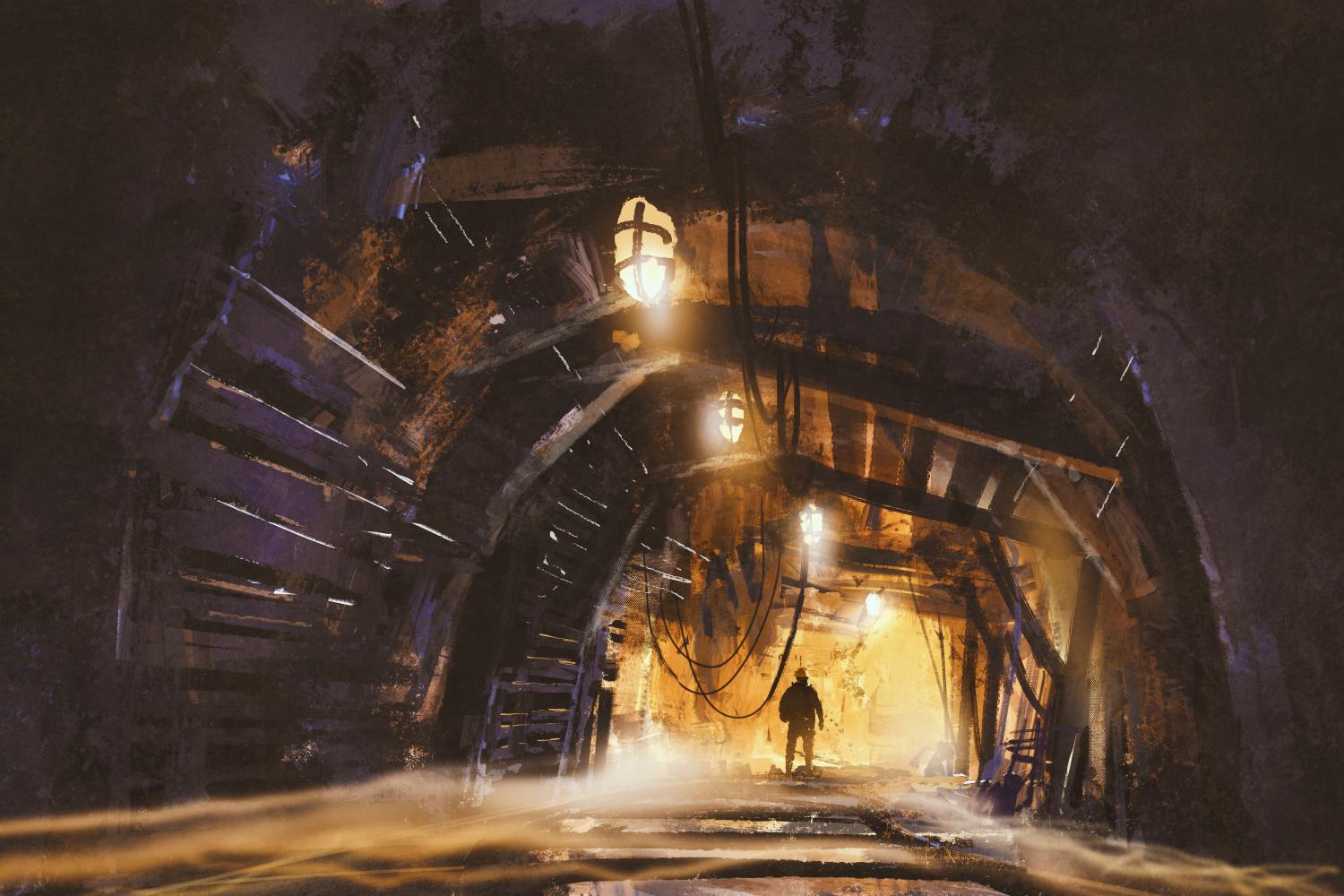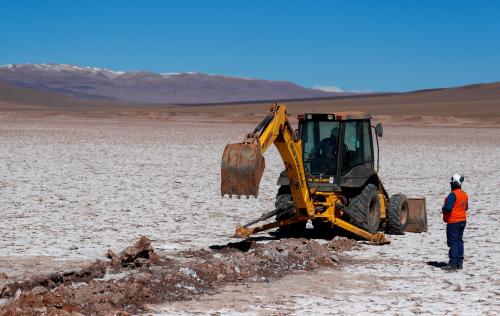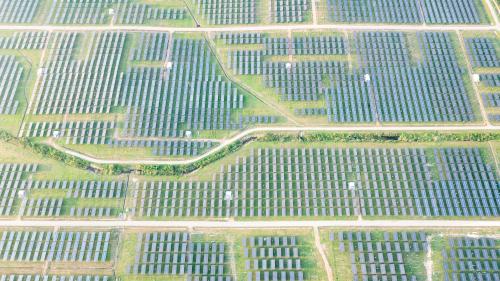Content from the Brookings Institution India Center is now archived. After seven years of an impactful partnership, as of September 11, 2020, Brookings India is now the Centre for Social and Economic Progress, an independent public policy institution based in India.
In March 2020, the Government of India passed the Mineral Laws Amendment Bill 2020, which amends the Mines and Minerals (Development and Regulation) Act, 1957 (MMDR Act), alongside the Coal Mines (Special Provisions) Act, 2015 (CMSP Act). For the non-coal mining sector, a key reason for this move is to ensure ‘ease of doing business’ and sustained mineral production[1].
One of the most significant amendments that was introduced with respect to the non-coal mining sector is allowing “deemed” transfer of clearances for leases that were expiring in March 2020. Upon expiration, these leases were to be auctioned and the new lease holders were required to obtain all statutory clearances afresh before commencing mining operations[2]. This can involve as many as 20 approvals and permits related to different central government ministries and the concerned state government. Considering this, the March 2020 amendment has allowed all clearances related to these leases to be transferred to the new bidder for a two-year period. As specified, the successful bidder “shall deemed to have acquired all valid rights, approvals, clearances, licences and the alike vested with the previous lessee for a period of two years”[3]. However, the new lease holder is required to apply for and obtain all permits afresh within the two-year period[4].
The post-leasing clearance mechanism, particularly pertaining to environment and forest related regulations, has been a central issue in the governance discourse concerning the mining sector. The issue has been significant because these clearances and permits have a direct bearing on the local environment, ecology and communities residing in and around mining areas.
There are multiple regulations pertaining to these clearances and permit requirements. The implementation and enforcement of these in turn involves multiple authorities at the centre and state levels. The overall intention is to minimise the impacts of mining and safeguard the interests of environment and local community.
However, the way the clearance and permitting process happens and the way post-clearance compliance is ensured frustrates the objectives of the laws. With fragmented approaches to impact assessment, duplication of processes, and weak mechanisms of monitoring and compliance, the clearance mechanism has become an obligation of paperwork while the intentions of the applicable laws remain far from being achieved.
The need of the hour, therefore, is a streamlined clearance and permitting mechanism, along with strong institutions that will protect the interest of the environment and affected communities, but also account for business viability. This paper evaluates the existing mechanisms and practices for obtaining environment and social licenses for non-fuel mineral mining projects and well as the shortfalls in the current mechanisms. Finally, considering the scope of the regulatory and policy framework pertaining to India’s mining sector and some of the international best practices, this paper offers some key recommendations for a well thought out post-leasing clearance mechanism, that is robust yet efficient.
[1] Ministry of Law and Justice, 2020, The Mineral Laws (Amendment) Ordinance 2020, as available from https://www.mines.gov.in/writereaddata/UploadFile/minerallawamendment202013072020.pdf, last accessed on March 14, 2020
[2] Ministry of Coal, Government of India, Release dated January 11, 2020, as available from https://pib.gov.in/newsite/PrintRelease.aspx?relid=197375 , last accessed on February 18, 2020
[3] Ministry of Coal, Government of India, Release dated January 11, 2020, as available from https://pib.gov.in/newsite/PrintRelease.aspx?relid=197375 , last accessed on February 18, 2020
[4] Ministry of Environment, Forest and Climate Change (MoEF&CC), March 28, 2020, Amendments to the Environmental Impact Assessment Notification, 2006, as available from https://www.mines.gov.in/writereaddata/UploadFile/eia288032021.pdf , last accessed on March 31, 2020





